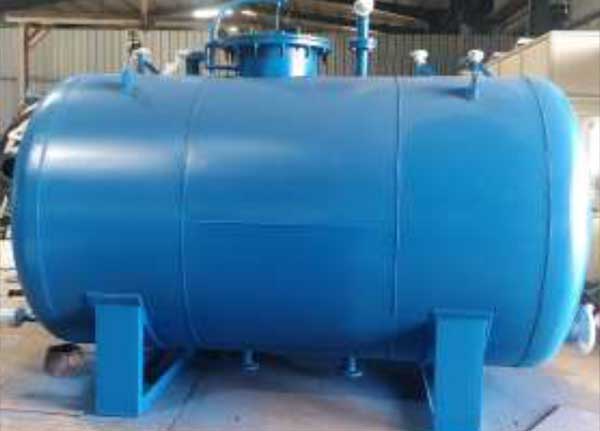Expansion Tank
An Expansion Tank is a crucial component used in closed-loop heating or cooling systems, such as those found in hydronic heating systems, HVAC systems, and industrial processes. Its primary function is to accommodate the expansion of water or other fluids when they are heated, preventing excess pressure from building up in the system. As water or fluid heats up, it expands, and without a proper expansion tank, this increase in volume could lead to excessive pressure, potentially damaging pipes, valves, or pumps. The expansion tank absorbs this extra volume, maintaining the system's integrity and ensuring smooth operation.
Typically, an expansion tank consists of a tank with a diaphragm or bladder that separates the water or fluid from an air chamber. The air in the chamber acts as a cushion, absorbing the expanded fluid and thereby maintaining a safe and consistent pressure within the system. As the system heats up and the fluid expands, it pushes against the diaphragm or bladder, and when the system cools, the fluid contracts, allowing the air to push the fluid back into the system.


